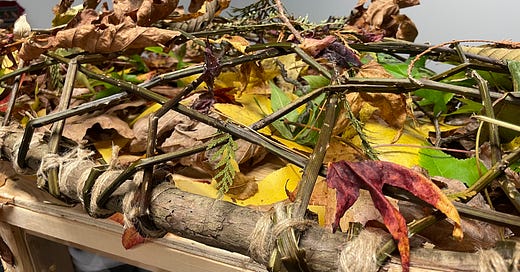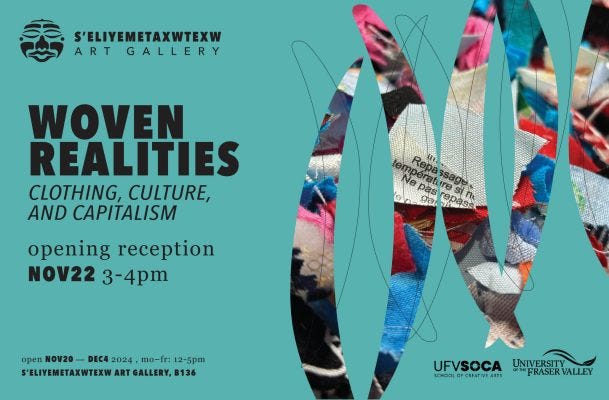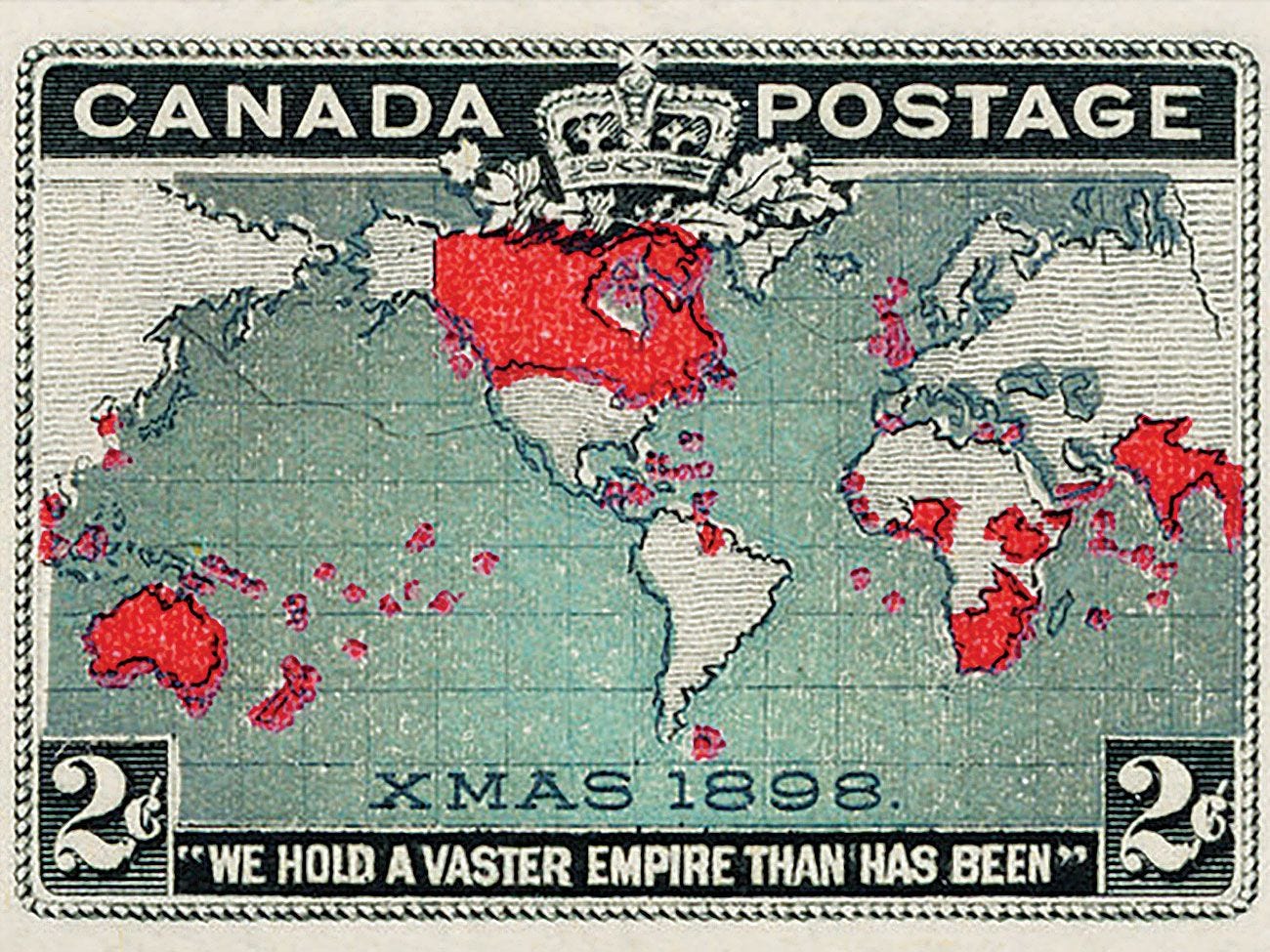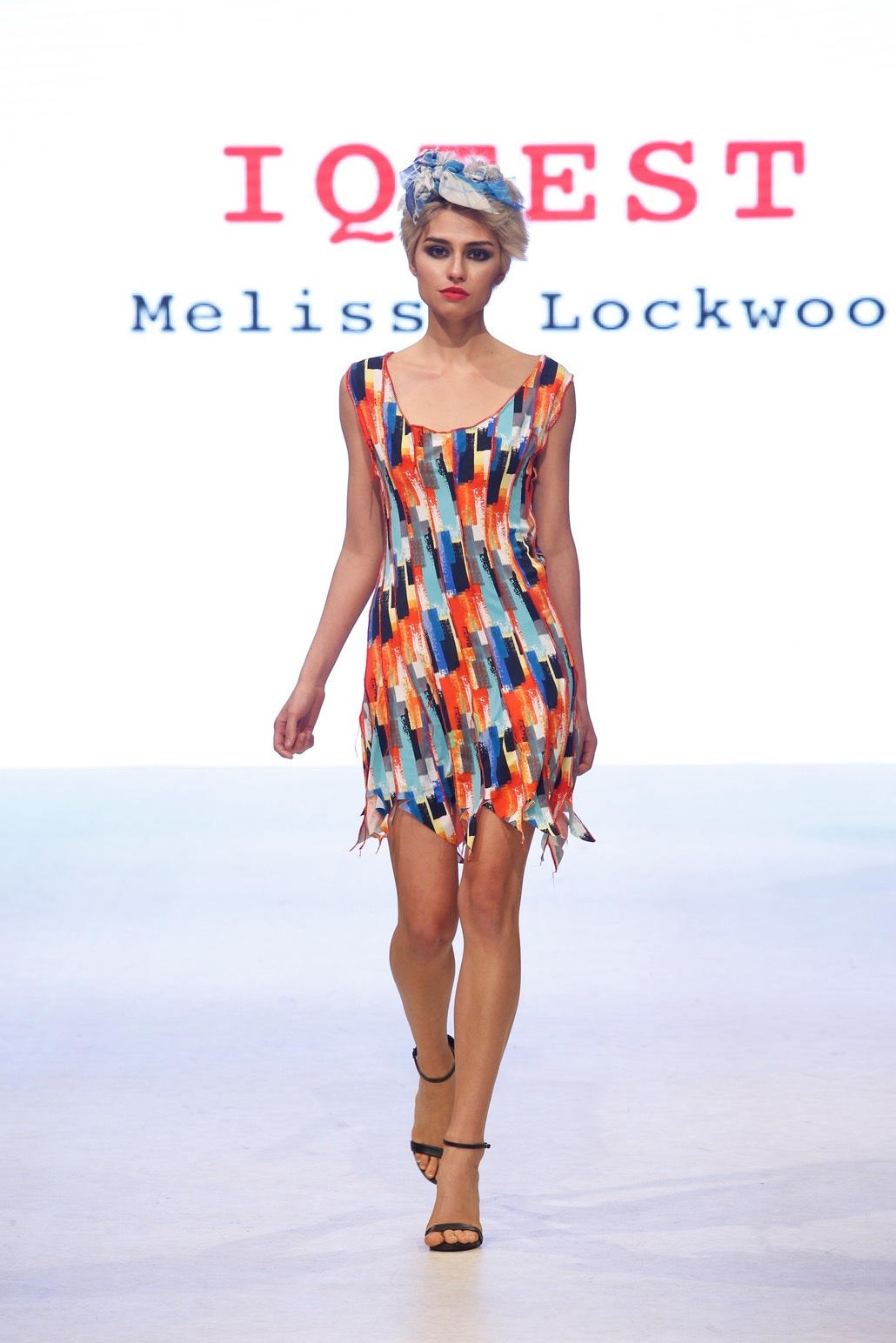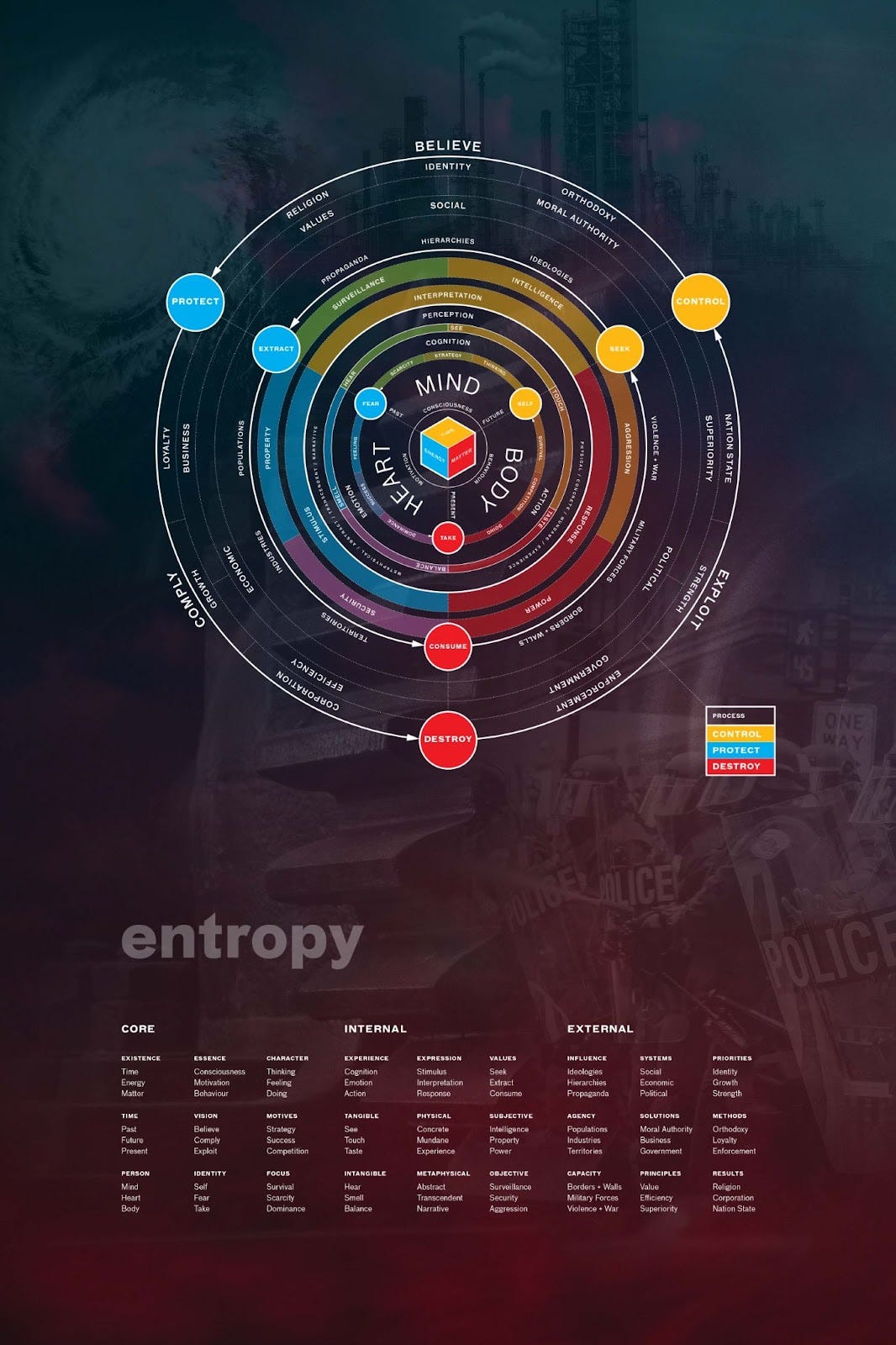The VA 260 Professional Skills for Visual Artists class in the UFV School of Creative Arts installed our group art exhibition on Monday in the S’eliyemetaxwtexw Art Gallery (pronounced S-uh-lee-uh-mut-out-ook) at the University of the Fraser Valley.
Woven Realities – Clothing, Culture, and Capitalism
November 20 – December 4, 2024
This show is a collaboration of students from SoCA’s Professional Skills for Visual Artists, a UFV course that culminates in a public group exhibition on campus. As a unifying theme, the artists explore the multifaceted topic of clothing, examining how these seemingly ordinary objects are imbued with complex, often fraught tensions that surge beneath their aura of everyday objecthood. The politics of sustainability, capitalism, environmental destruction and culture are all taken up to ask: How does the fabric of our clothing weave together narratives of exploitation, innovation, and transformation toward equity and ecological responsibility?
S’eliyemetaxwtexw Art Gallery
University of the Fraser Valley
Room B136, B Building
33844 King Road, Abbotsford BC, Canada
Gallery Hours
12:00 PM – 5:00 PM, Monday – Friday
The Politics of Environmental Destruction: Resource Exploitation
Stephen Bau , Asmi Bhat, Jasmine Morgan, Heather Van Houck
They Tried to Bury Us, But They Didn’t Know We Were Seeds
2024
Coffin: plywood, hardwood, acrylic sheets, nails, clothing, plant-safe glue.
Cover: rope, twine, dying organic life—branches, vines, and leaves.
19 × 55 × 24 inches
Our project employs sculpture to embody the clothing of Mother Earth as a thin layer of life that covers over the deeper layers of death. Inspired by the narrative of The Emperor’s New Clothes, we explore the nature of the cycles of life and death, recognizing that clothing is produced by harvesting materials from what is living or was once alive. We asked ourselves, “How does the Earth clothe herself?” She clothes herself in death to grow new life. We imagined the grave clothes of empire and how they might be prepared for burial. We considered how, through the composting of empire, the Earth prepares the soil to grow a regenerative world.
Our work imagines the hospicing of modernity and the end of capitalism. By constructing a coffin, we are preparing for the imminent demise of our Extraction Empire, documented by landscape architect and urbanist, Pierre Bélanger.
We built a coffin to fit the shape of a human body, similar to a sarcophagus found in the tomb of an ancient and fallen empire. The coffin, filled with clothes, is fitted with a cover, woven with materials from a forest that will likely be destroyed for suburban residential development.
Mark Fisher expresses the essence of his book, Capitalist Realism, in the quote “it is easier to imagine an end to the world than an end to capitalism.” In our work, we are inviting people to imagine the end of capitalism as the seeds for creativity and flourishing.

…inviting people to imagine the end of capitalism
as the seeds for creativity and flourishing.

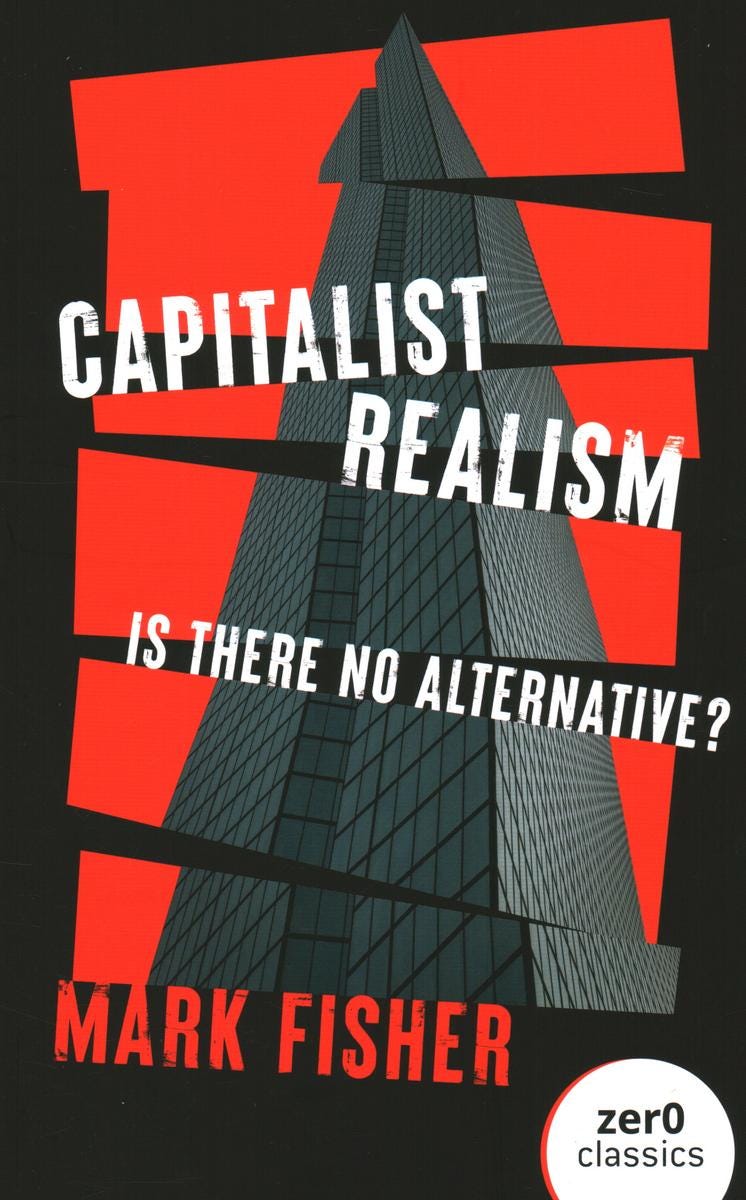
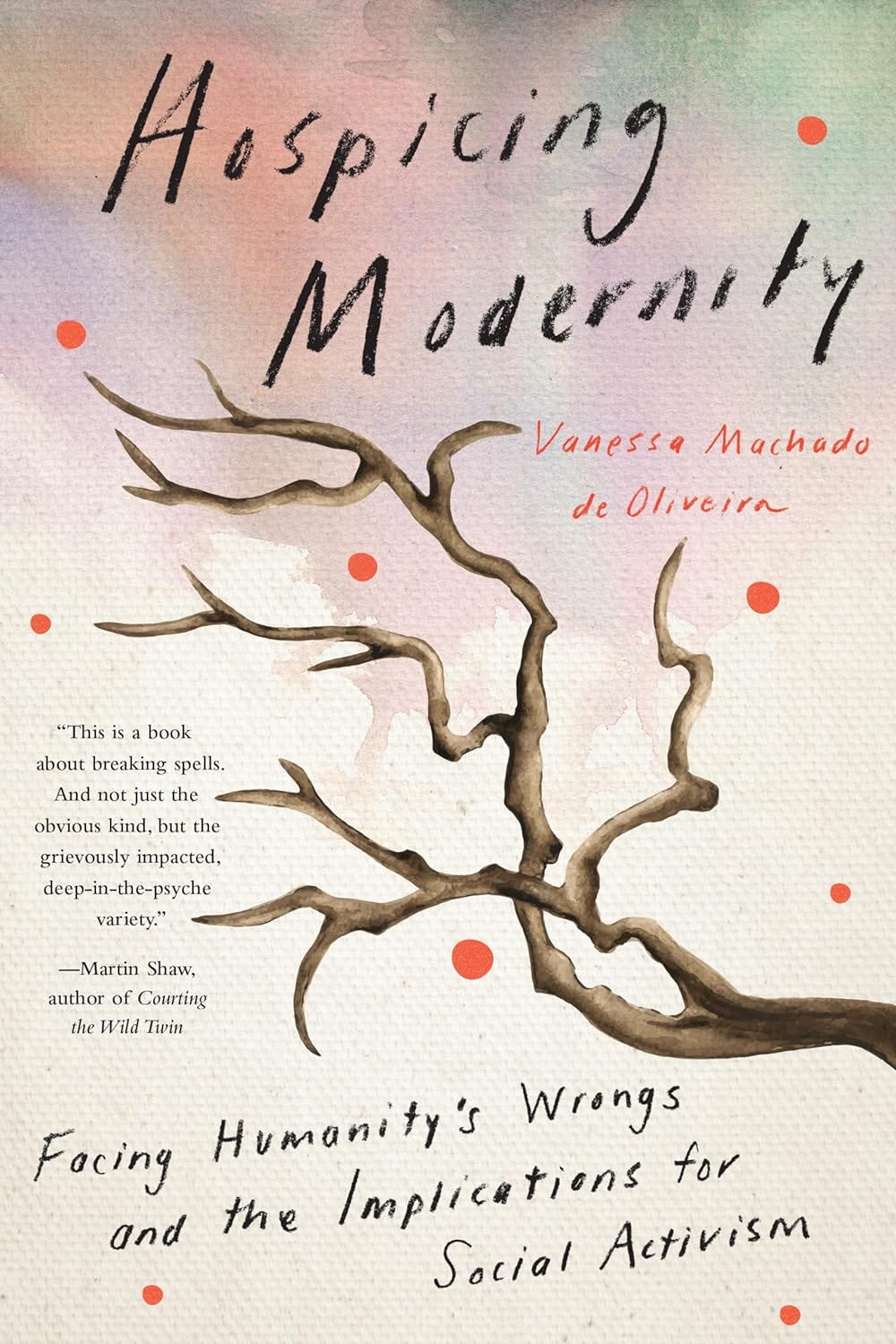
“It is easier to imagine an end to the world than an end to capitalism.”
— Mark Fisher
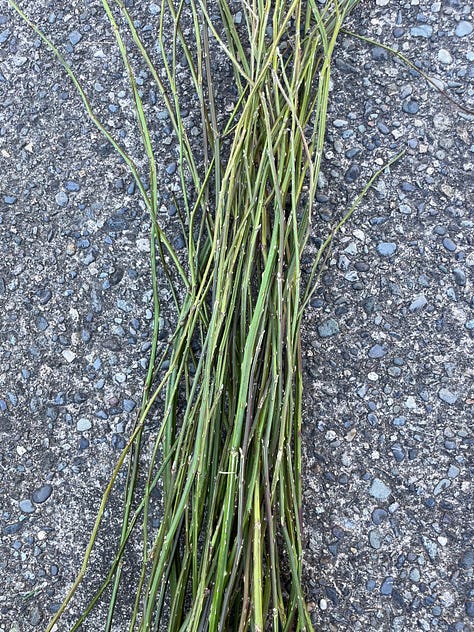

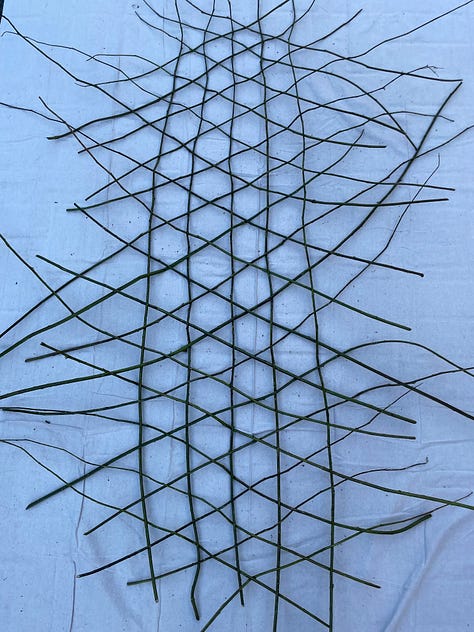
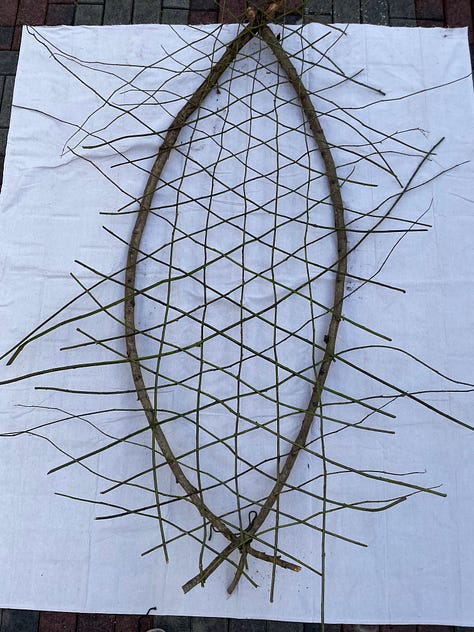
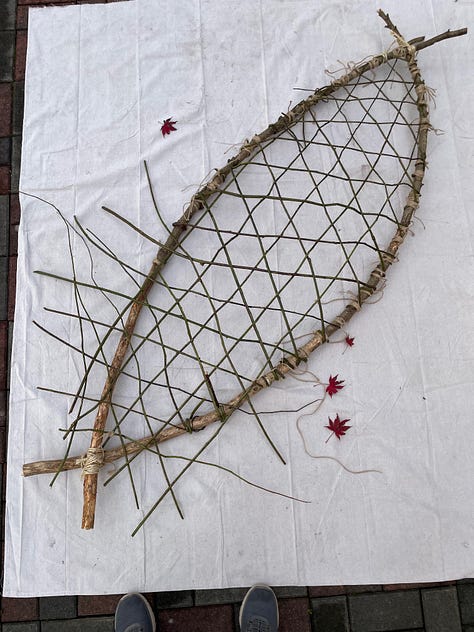

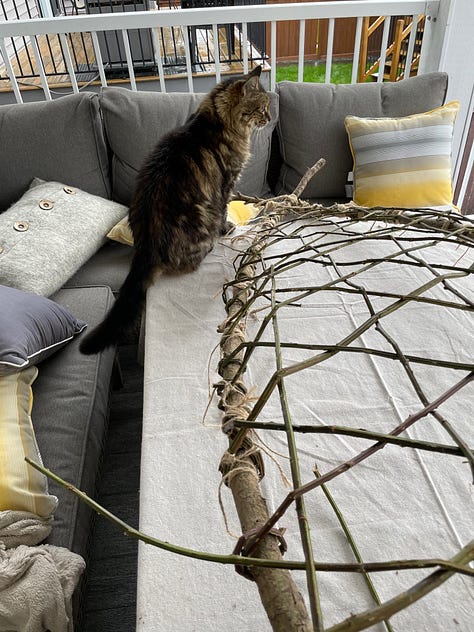
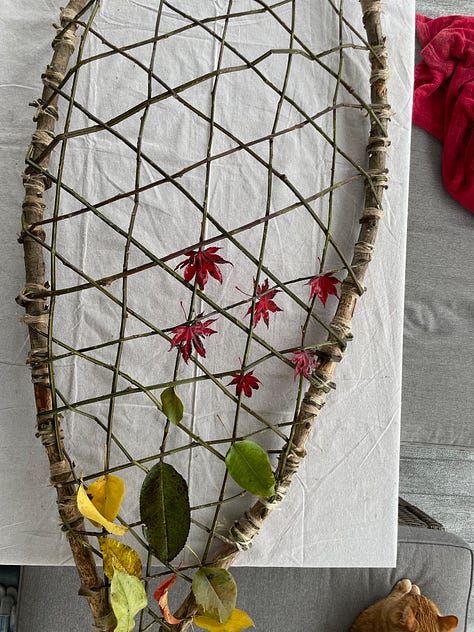
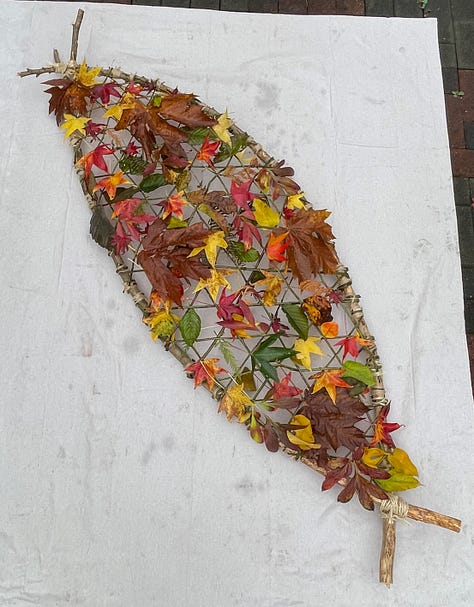
In Process
Our project is a sculpture in the form of a coffin filled with clothing. The cover of the coffin is woven together with materials from a forest that will likely be destroyed for suburban residential development.
A coffin is built in the Western tradition of an oblong hexagonal structure to fit the shape of the human body in a typical burial position, alluding to the sarcophagi found in the tombs of the Ancient Egyptian empire.
The covering of the sarcophagus weaves together materials found in the forest that has grown over the past 20 years on land zoned for suburban residential development and owned by foreign investors on Sumas Mountain, on the unceded territory of the Semá:th people, known as the Sumas First Nation.
Themes
Our work uses sculpture to focus on how clothing the body is connected with The Politics of Environmental Destruction: Resource Exploitation.
Together, we first explored the definitions and connotations of the words politics, environment, and resources in the context of colonial, capitalist, and corporate structures. These structures form a cover of civility over the destruction and exploitation of the bodies of human beings, animals, trees, land, and water.
We were inspired by the work of Pierre Bélanger to expose the reality of Canada's global resource empire, based on mineral resource extraction. Bélanger edited the book, Extraction Empire, which reveals that, “Globally, more than 75 percent of the world's mining firms are based in Canada.” We were also informed by the research of Tyler A. Shipley documented in his book, Canada In The World: Settler Capitalism and the Colonial Imagination. We sought a way forward in the work of Vanessa Machado de Oliveira Andreotti, Hospicing Modernity: Facing Humanity's Wrongs and the Implications for Social Activism.
Our research raises questions about clothing as protection from exploitation, about politics and the nature of power, about where the body ends and the environment begins, about the true source of life that is diminished and objectified as a resource, and about what we all lose when we exploit and destroy living beings.
We asked the question: “How does the body of the Earth clothe herself?” She clothes herself in death to grow new life. We imagined the grave clothes of empire and how they might be prepared for burial. We considered how, through the composting of empire, the Earth prepares the soil to grow a regenerative world.
We also asked, “When we strip the Earth bare by removing her clothing, do we remove the protective covering that honours, nurtures, and protects our own bodies? When we exploit and destroy the Earth, do we not exploit and destroy ourselves?”
Message
Just as The Emperor's New Clothes were woven from deception, the clothing industry today often hides its toll on the environment and labor behind a polished exterior. Our sculpture seeks to uncover this reality, reminding us that each garment is a product of life taken—whether plant, animal, or human effort. By reimagining these materials as symbols of both creation and decay, we invite viewers to see clothing not just as fabric, but as a complex cycle where life, death, and regeneration are intrinsically linked.
Mark Fisher expresses the essence of his book, Capitalist Realism, in the quote “it is easier to imagine an end to the world than an end to capitalism.” Yintah, meaning “land,” is a feature-length documentary about the Wet'suwet'en First Nation’s fight for sovereignty. State-sanctioned violence and exploitation of the land has resulted in genocide and ecocide, where the RCMP are employed not to protect people but to protect the property of corporations and the resource extraction industry of the nation state.
Our work imagines the hospicing of modernity, the death of empire, and the end of capitalism by preparing for the imminent collapse and demise of state-sponsored violence, genocide, and ecocide.
The Earth clothes herself each Fall in death to prepare for new life in the Spring. By composting the dead, we create the soil for the new life of a future that does not fear death but integrates the process of dying and death into the regenerative cycle of life.
Inspiration
The work of Melissa Lockwood and Taiyo Okamoto inspired us to create our project.
Melissa Lockwood inspired us as she reuses fabric waste to create new outfits. Her technique connects into our project as we are trying to implement how we exploit clothing, yet we become one with the clothing.
Taiyo Okamoto inspired us as he works with the idea between a body and its environment. Specifically his project “The Zero Field” captured our eyes as it focused on how colors, objects become one with humans. This inspired us to integrate how clothes become one with us in the circle of life.

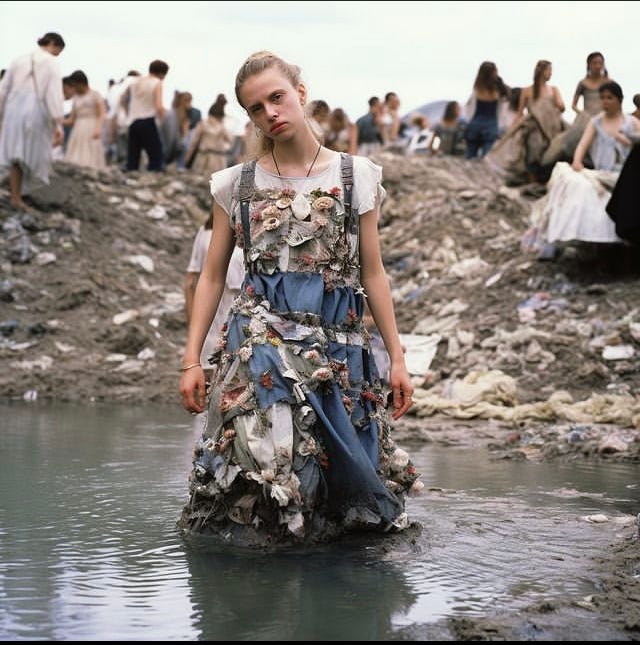
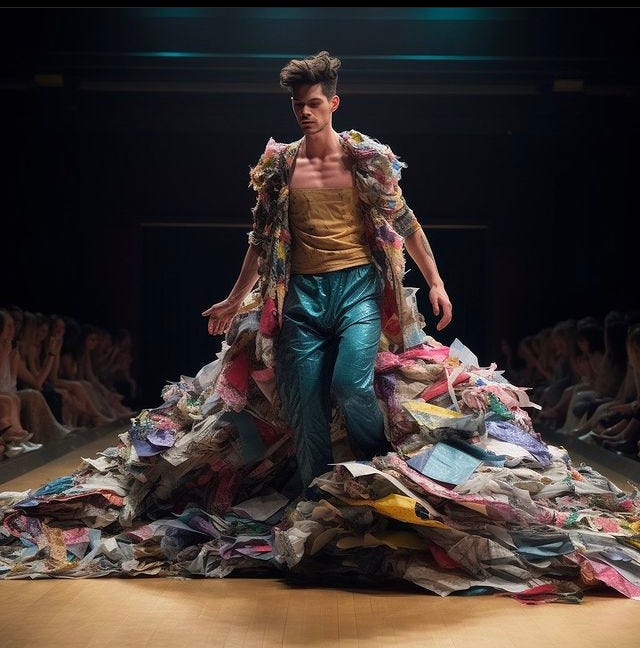
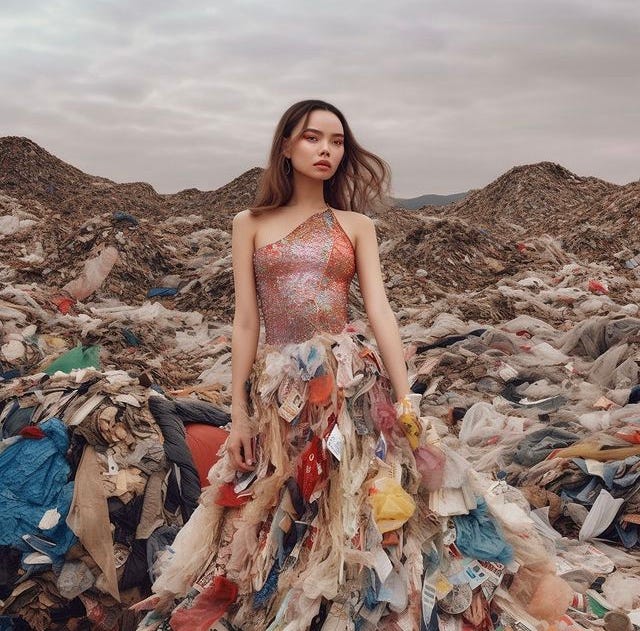
Landfill Looks
Melissa Lockwood
These artworks are telling the story of discarded fabrics in the landfills. In the fashion industry clothing production, 30% of the fabric to create clothing is thrown away as it is initialized due to being between the pattern pieces when laid out. This doesn’t have to be the case, as to design with the remnant shapes in advance of production cut out is possible. Mass production of clothing can become zero waste.

Koko (2019)
Artwork & Direction: Taiyo Okamoto
Photo: Jeremy Torres
Model wears elements of The Zero Field
The Zero Field can transform its shape and function. The multivalent artwork was worn by several mixed-race models for a photoshoot. The colors merging with unbounded humans: no border, no division, no deficiency. The elements of the artwork become their scales, feathers, flower petals, waterfalls, particles of light…
Materials
We created a wooden coffin with clear acrylic sides filled with clothing, to express the death of the environment due to clothing production. We then covered the coffin in natural materials such as branches, vines, and leaves to further promote the idea of the clothing becoming one with the earth after exploiting materials. Due to cost and transportation, we had to downsize our project, thus making it less life-sized as we were hoping for a little less than double the size originally.
Experience
We chose to create a dark, dreadful piece of work to put the idea of resource exploitation on a bigger scale, in hopes to express how severely the environment is impacted by the extraction of materials and the exploitation of the land.
We want the viewer to feel the cycle of life and death and to see how it is all connected with the environment. In our work, we are inviting people to imagine the end of capitalism as the seeds for creativity and flourishing.
Exhibition Idea
I created two posters that connect with the processes of life and death: syntropy and entropy. These also connect with an interface design for navigating metaphysical gravity. They depict the contrast between the politics of environmental destruction and the natural processes of organic and living systems.
The media could include graphic design in the form of two posters and an interactive art installation.


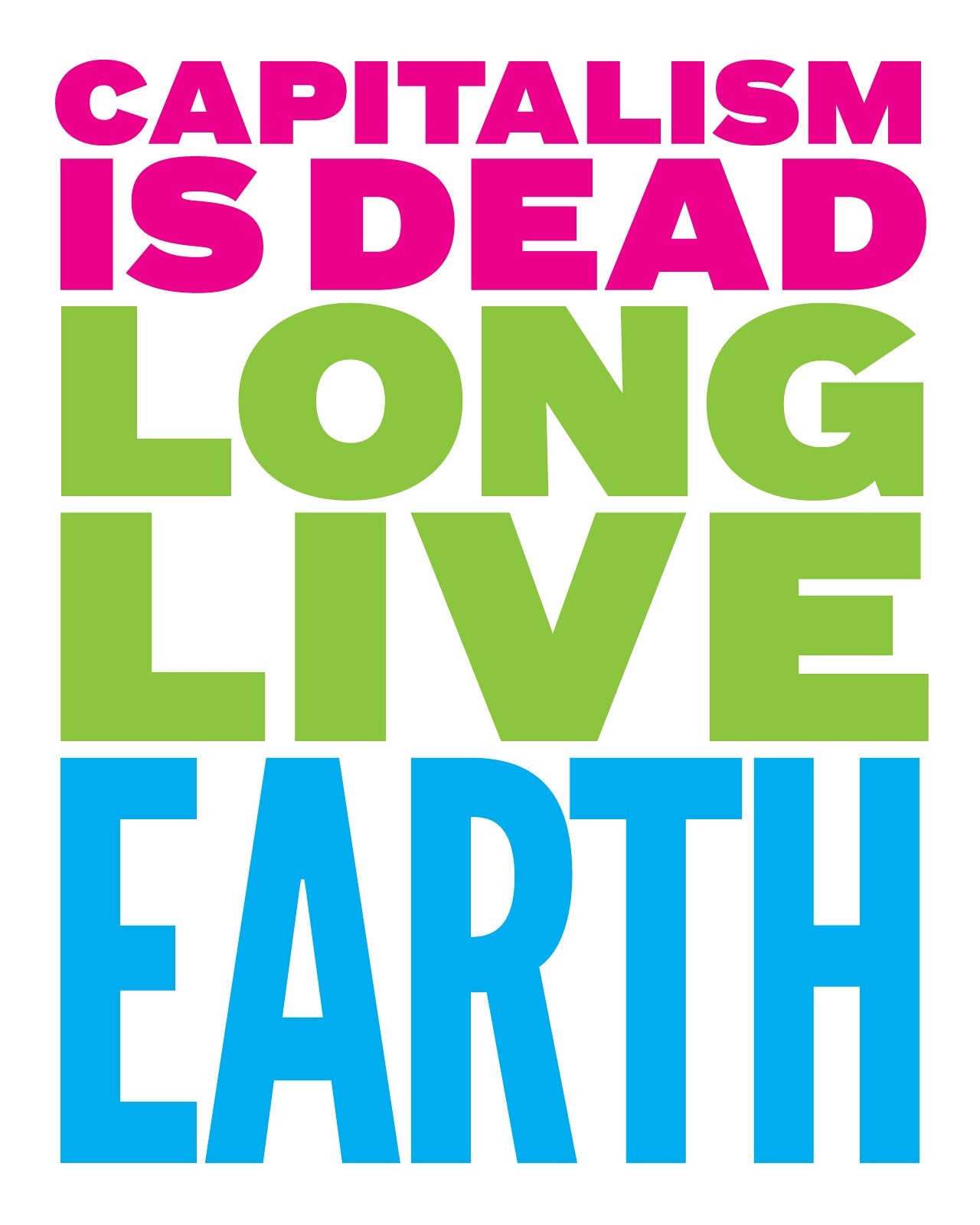
University of the Fraser Valley
School of Creative Arts (SoCA)
VA 260 Professional Skills for Visual Artists
Students learn key professional skills necessary for establishing a cohesive body of artwork, exhibiting their work publicly and building an artist’s curriculum vitae, guided by contemporary best practices in the visual arts. Students demonstrate professional skills through a variety of creative research and hands-on activities centered around their own practices. This course culminates in a public group exhibition on campus.

